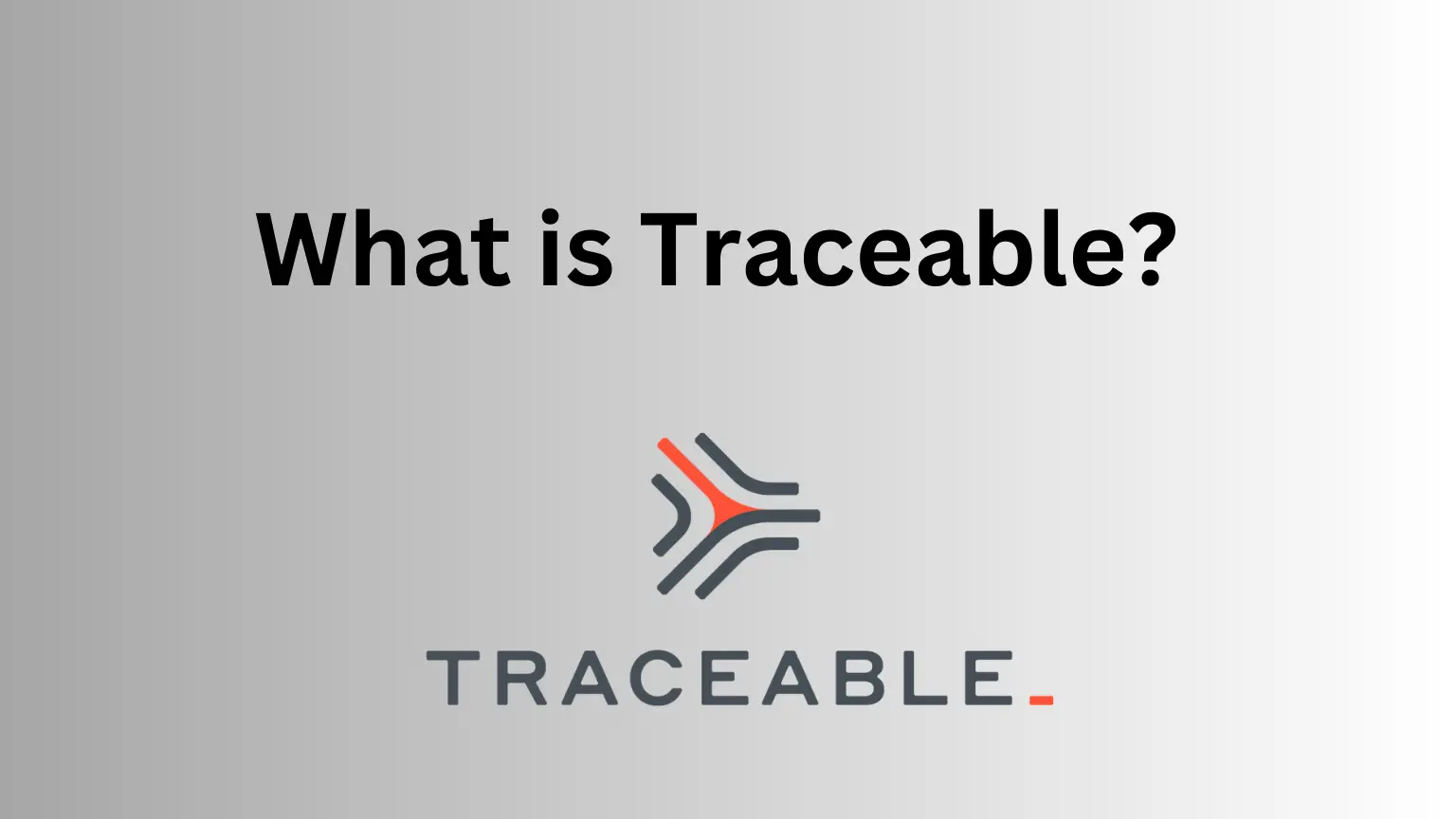California’s Smog Check Program has been in place since the 1980s, with the aim of regulating vehicle emissions and controlling pollutants. However, in recent years, there has been a growing debate about the effectiveness of the program in reducing smog levels. Some critics argue that the program is not stringent enough and that more robust testing methods are needed to address the problem of air pollution. In this article, we will compare California’s Smog Check vs Smog Several Test, a more comprehensive emissions testing program, and examine the data to determine which program is more effective in reducing smog levels.
California’s Smog Check Program

California’s Smog Check program is one of the most comprehensive vehicle emissions testing programs in the country. The Smog Check Program is a biennial emissions testing program that requires all vehicles in California to undergo a smog check every two years. The program is designed to identify vehicles that are emitting excessive pollutants and require repairs to reduce emissions. The program has been in place since the 1980s and has undergone several revisions over the years to make it more effective in reducing smog levels. The program has been successful in reducing air pollution levels in the state, but there are concerns about its effectiveness in reducing emissions from older, high-polluting vehicles.
According to the California Air Resources Board (CARB), the Smog Check Program has been successful in reducing emissions from passenger vehicles by more than 90% since it was first implemented in the 1980s. However, despite these gains, air pollution remains a significant problem in California, with many areas still failing to meet federal air quality standards.
Electric Car Efficiency vs Gas: A Comprehensive Comparison
The Smog Several Test
The Smog Several Test is an alternative testing method that has gained popularity in recent years. It is a more comprehensive emissions testing program that goes beyond the standard smog check. The test includes a visual inspection of the vehicle’s emissions control system, a functional inspection of the fuel system, and a tailpipe emissions test. The test is more rigorous than the standard smog check and is designed to identify vehicles that are emitting excessive pollutants. Proponents of the Smog Several Test argue that it provides a more accurate measure of a vehicle’s emissions under real-world driving conditions.
The Smog Several Test has been shown to be more effective in reducing emissions from vehicles. A study conducted by the University of California, Riverside found that the Smog Several Test was able to identify more vehicles with excessive emissions than the standard smog check. The study also found that the Smog Several Test was more effective in reducing emissions from older vehicles, which are often the biggest polluters.
Another advantage of the Smog Several Test is that it includes a visual inspection of the vehicle’s emissions control system, which can identify problems that may not be detected by the standard smog check. This can help ensure that vehicles are operating at their optimal level and emitting fewer pollutants.
Despite these advantages, the Smog Several Test is not without its drawbacks. The test is more time-consuming and expensive than the standard smog check, which can be a burden for some vehicle owners. Additionally, the test is not currently required by law in California, which means that many vehicles are not subject to the more comprehensive testing.
Smog Check vs Smog Several Test: Effectiveness of Emissions Inspections
Several studies have examined the effectiveness of California’s Smog Check program in reducing air pollution levels. One study by Glazer et al. (1995) found that the program was effective in reducing emissions from newer vehicles, but had little impact on emissions from older, high-polluting vehicles. Another study by Harrington et al. (2000) found that the program was effective in reducing emissions from light-duty vehicles, but had little impact on emissions from heavy-duty vehicles.
The effectiveness of the Smog Several Test in reducing emissions is less clear. While proponents of the test argue that it provides a more accurate measure of a vehicle’s emissions under real-world driving conditions, there is limited data on its effectiveness in reducing emissions. One study by Gray and Shimshack (2011) found that environmental monitoring and enforcement programs, including emissions testing programs, can be effective in reducing emissions, but noted that the effectiveness of these programs can vary depending on a variety of factors.
Impact of Re-Inspections on Older vs. Newer Vehicles
One concern with California’s Smog Check program is that it may be less effective in reducing emissions from older, high-polluting vehicles. This is because older vehicles are more likely to have worn-out parts and outdated technology that can lead to higher emissions. To address this concern, California’s Smog Check program requires older vehicles to undergo more frequent inspections than newer vehicles. However, the effectiveness of this approach is also a subject of debate. Some studies have found that re-inspections are effective in reducing emissions from older vehicles.
For example, a study by Klier and Linn (2010) found that re-inspections were effective in reducing emissions from older vehicles in the Chicago area. However, other studies have found that re-inspections have little impact on emissions from older vehicles. For example, a study by Sperling and Cannon (1991) found that re-inspections had little impact on emissions from older vehicles in California.

Effectiveness of Emissions Testing Over Time
Another concern with California’s Smog Check program is that its effectiveness may decline over time as vehicles become more fuel-efficient and emit fewer pollutants. One study by Nichols et al. (2016) found that the benefits of the program declined sharply over time as older-model cars that benefit most from Smog Checks disappear from the road. This suggests that the program may need to be updated to reflect changes in vehicle technology and emissions standards.
While the Smog Check Program has been successful in reducing emissions from passenger vehicles, it may not be enough to address the problem of air pollution in California. The Smog Several Test, which includes a more comprehensive emissions testing program, may be a more effective solution to reducing smog levels. However, policymakers and regulators will need to consider the costs and benefits of implementing a more robust testing program, as well as the potential impact on vehicle owners and the economy. Ultimately, the goal should be to find a balance between reducing emissions and ensuring that the testing program is feasible and accessible for all vehicle owners.

















